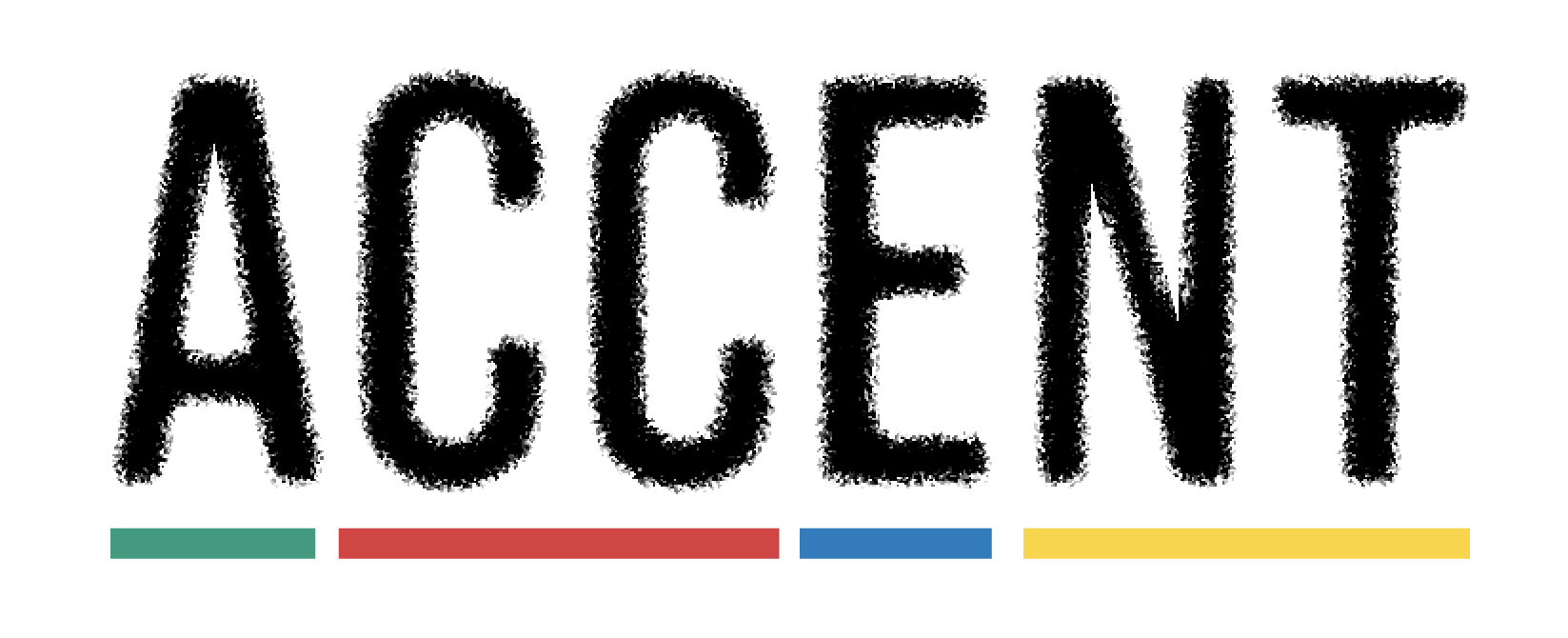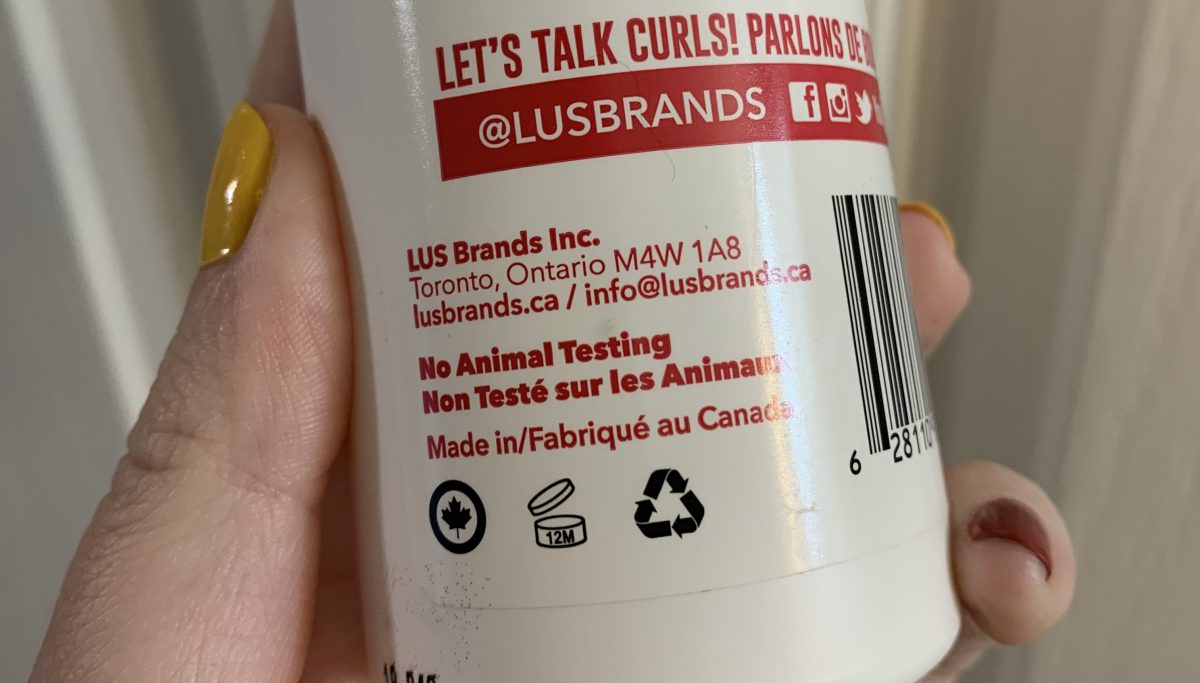Can you Trust just Any Bunny?
Written and photo by Alexa Smith
Going cruelty free in cosmetics is a great way to begin living a more sustainable lifestyle. However, while it seems like an easy step to take, understanding different cruelty free labels can be difficult. Since the FDA does not regulate what constitutes as cruelty free, companies are free to make claims that may or may not be substantiated. Even independent accreditation such as PETA and Leaping Bunny have their own issues that make the “best” accreditation a hotly debated topic in the cruelty free community. If you’re looking to get truly committed to cruelty free it takes a little more work than simply looking for any old picture of a bunny. Here are a few different things to look out for when shopping cruelty free.
“Cruelty Free” / “Not Tested on Animals”
As mentioned before, as there is no legal definition in the US of “cruelty free” or “not tested on animals” these phrases are not verified by the FDA. Since there is no regulation on these phrases, companies are free to use them however they please. They may not currently test the final product on animals but still buy from manufacturers that test on animals. They could also be using these claims while still testing on animals – there’s no way to be sure other than investigating the company itself.
While these words themselves are not regulated by the FDA – that doesn’t mean the products with these phrases are not cruelty free or even unaccredited. Organizations such as PETA and The Leaping Bunny often charge more to license their logo and use it on products. So companies may be registered with the organization as cruelty free but not display the logo. This is where doing your own research comes in handy.
I took a look at some of my products and found that a hair product I use from LUS (side note: great for curly hair!) has a simple claim of “No Animal Testing” which I wasn’t very convinced by. However, when I looked into their website I found that they are actually certified cruelty free by Leaping Bunny. So, if you have a current product you love with no bunny on it – don’t throw it out just yet! Do some research into the brand and company to find out more info on it.
The Leaping Bunny Program
The Leaping Bunny label is one of the biggest names when looking for cruelty free products. It is often mentioned as one of the most reputable certifications because it is the only one that conducts audits of the companies it accredits. Their website states, “All Leaping Bunny companies must be open to independent audits” so it is not clear if they audit every company on their list. However, they are the only organization that requires companies to agree to a written statement and an audit. Leaping Bunny also requires that companies confirm with suppliers that they are not tested on animals. However, they do still accredit brands that are owned by companies that test on animals. When a brand is owned by a company that tests on animals, Leaping Bunny notes this in their Compassionate Shopping Guide.
PETA’s Beauty without Bunnies
PETA’s cruelty free accreditation is considered lesser by cruelty free bloggers such as Cruelty Free Kitty and Ethical Elephant. In the linked article for Cruelty Free Kitty, the author Suzana Rose, found that one of the brands on PETA’s cruelty free list was not able to confirm if their suppliers were also cruelty free. So, unlike The Leaping Bunny Program, PETA does not confirm if brands are using cruelty free suppliers. You’ll notice PETA’s list is longer because of this. PETA also does not conduct any audits of these companies. All companies must do to be accredited by PETA is sign a statement of assurance and fill out a questionnaire. PETA argues that this method works since the statement is legally binding and they believe the threat of a public relations disaster encourages companies to tell the truth about their testing practices.
Choose Cruelty Free
Choose Cruelty Free (CCF) is a much smaller organization than PETA and Leaping Bunny. If you look on their About Section of their website you’ll find they only have two paid staff members and consist mostly of volunteers. This being said – they do not have the resources to audit their accredited brands as Leaping Bunny does. In this way they are similar to PETA since they only require a brand to sign a legally binding contract. However, what makes CCF different from PETA and Leaping Bunny is that they are the only organization that does not certify brands own by parent companies who test on animals. They also require brands to provide written verification from the brand’s suppliers that they do not test on animals.
So…what’s the best option?
At the end of the day, the best option is to conduct your own research on brands and decide for yourself which accreditations you feel comfortable with. There is no right or wrong answer as all of these have their own pros and cons. The most important thing is to stay informed and understand what exactly each certification means.

